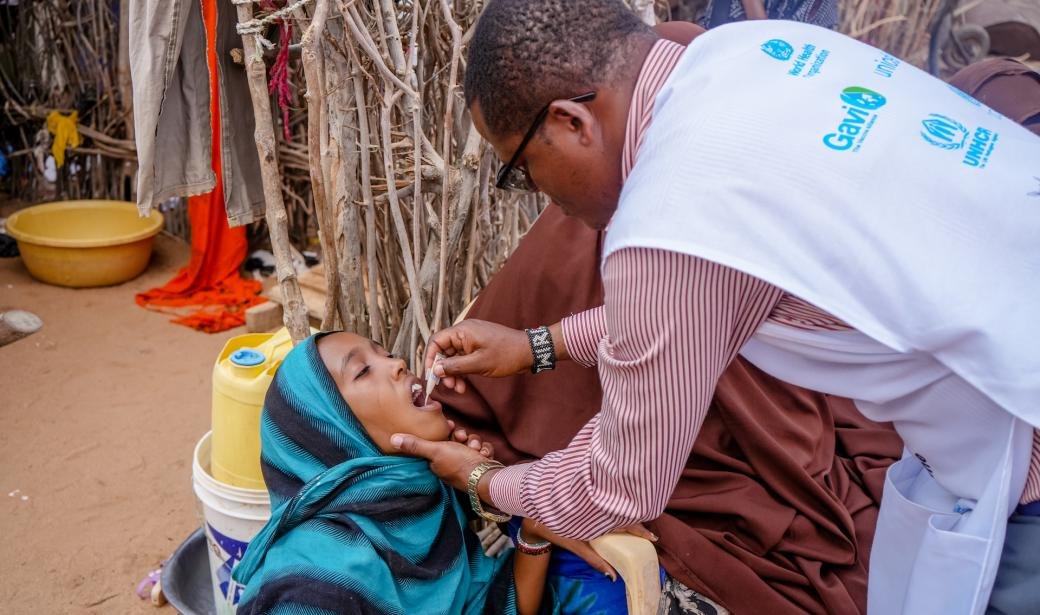Malnutrition continues to be a significant challenge in Sub-Saharan Africa, affecting millions of lives and hindering socio-economic development. This article explores the best practices and innovative solutions being implemented to combat malnutrition in the region, focusing on strategies that address both immediate and long-term needs.
Malnutrition is a pervasive issue in Sub-Saharan Africa, with nearly one in five people facing undernourishment, as reported by the United Nations. Despite ongoing efforts to enhance food security and nutrition, the region grapples with challenges like poverty, climate change, political unrest, and insufficient healthcare. Malnutrition not only undermines personal health but also stifles cognitive growth, economic productivity, and overall societal advancement.
Nevertheless, a wave of innovative solutions is emerging, offering a beacon of hope for a healthier, more resilient future. Below are key strategies and innovations driving progress against malnutrition in Sub-Saharan Africa.
- Boosting Agricultural Productivity
Agriculture serves as the foundation for most Sub-Saharan economies, with many relying on farming for sustenance and income. Yet, smallholder farmers face hurdles like poor soil conditions and outdated practices, limiting crop yields and exacerbating food shortages.
Best Practices in Agriculture:
Climate-Smart Agriculture (CSA): This approach enhances productivity while adapting to climate change through methods like agroforestry and crop rotation.
Improved Seed Varieties: Introducing drought-resistant and nutrient-rich crops can significantly bolster food security. Organizations like the Alliance for a Green Revolution in Africa (AGRA) champion biofortified crops, such as vitamin A-rich orange-fleshed sweet potatoes.
Access to Fertilizers and Irrigation: Providing affordable fertilizers and irrigation systems empowers smallholder farmers to enhance productivity.
Example: The Africa Fertilizer and Agribusiness Partnership (AFAP) works tirelessly to improve fertilizer access, leading to increased crop yields and greater food availability.
- Championing Breastfeeding and Infant Nutrition
The first 1,000 days of life are critical for a child’s growth and cognitive development. Malnutrition during this phase can result in stunting, which affects nearly 33% of children in the region.
Best Practices for Infant Nutrition:
Exclusive Breastfeeding: The World Health Organization (WHO) advocates for exclusive breastfeeding during the first six months, as breast milk delivers essential nutrients and bolsters immunity.
Nutrition Education: Providing mothers with information about breastfeeding and appropriate complementary feeding is vital. Community health workers play a crucial role in this education.
Micronutrient Supplementation: Offering vitamin and mineral supplements helps combat deficiencies, particularly in areas with limited food diversity.
Insight: In Kenya, the Ministry of Health’s “Baby Friendly Community Initiative” promotes breastfeeding in health facilities and communities, aiming to enhance infant health and reduce malnutrition.

- Harnessing Food Fortification
Food fortification is a proven method to tackle micronutrient deficiencies by enriching staple foods with essential vitamins and minerals.
Innovations in Food Fortification:
Fortified Staples: Adding iron, zinc, and folic acid to common staples has been effective in reducing anemia and improving nutrition. Countries like Nigeria and South Africa have national fortification programs in place.
Biofortification: This method breeds crops to naturally contain higher nutrient levels, such as vitamin A-enriched maize and iron-rich beans.
Example: HarvestPlus promotes biofortified crops across Sub-Saharan Africa, significantly enhancing micronutrient intake.
- Empowering Community-Based Nutrition Programs
Community-driven approaches are effective in addressing malnutrition, especially in rural areas with limited access to healthcare services. These programs empower communities to take charge of their health.
Best Practices in Community-Based Nutrition:
Growth Monitoring and Promotion (GMP): Regular growth monitoring helps identify malnutrition early, with community health workers trained to provide support and referrals.
School Feeding Programs: Providing meals in schools not only improves nutrition but also encourages school attendance and learning.
Nutrition-Sensitive Agriculture: Integrating nutrition education into agricultural programs fosters a greater understanding of the importance of diverse crops.
Insight: In Ethiopia, the “Productive Safety Net Program” combines cash transfers with nutrition education, reducing malnutrition and building community resilience.
- Leveraging Technology and Innovation
Innovative technologies are reshaping the fight against malnutrition in Sub-Saharan Africa, from mobile health solutions to data analytics.
Innovations in Technology:
Mobile Health (mHealth): Mobile phones deliver nutrition education, track health indicators, and support rural healthcare workers. SMS platforms provide vital information on breastfeeding and nutrition.
Data-Driven Solutions: Analytics help identify malnutrition hotspots and allocate resources effectively, while predictive analytics enable early warning systems for food insecurity.
Digital Agriculture Platforms: Platforms like FarmDrive in Kenya use mobile technology to connect farmers with credit and market access, enhancing production and food security.
Example: The “Healthy Child Project” in Tanzania utilizes mobile phones to share nutrition advice with pregnant women and new mothers in remote areas, improving maternal and child health outcomes.
- Strengthening Government Policies and International Support
Robust government policies and international partnerships are vital for creating a supportive environment to combat malnutrition.
Best Practices in Policy and Partnerships:
National Nutrition Plans: Countries like Uganda, Ghana, and Rwanda have developed multi-sectoral nutrition strategies to combat stunting and micronutrient deficiencies.
Partnerships with NGOs: Collaborating with organizations like the World Food Programme (WFP) and UNICEF ensures access to the necessary resources for scaling nutrition programs.
Social Protection Programs: Cash transfers, food vouchers, and subsidies for vulnerable populations can reduce food insecurity and improve nutritional outcomes.
Example: The African Union’s “Comprehensive Africa Agriculture Development Programme” (CAADP) prioritizes combating malnutrition in its agricultural development strategies.
Tackling malnutrition in Sub-Saharan Africa requires a comprehensive approach addressing both immediate and underlying causes. By boosting agricultural productivity, promoting breastfeeding, fortifying foods, and leveraging technology, significant strides can be made. Furthermore, community-driven initiatives and strong government policies are essential for sustainable progress.






You must be logged in to post a comment.